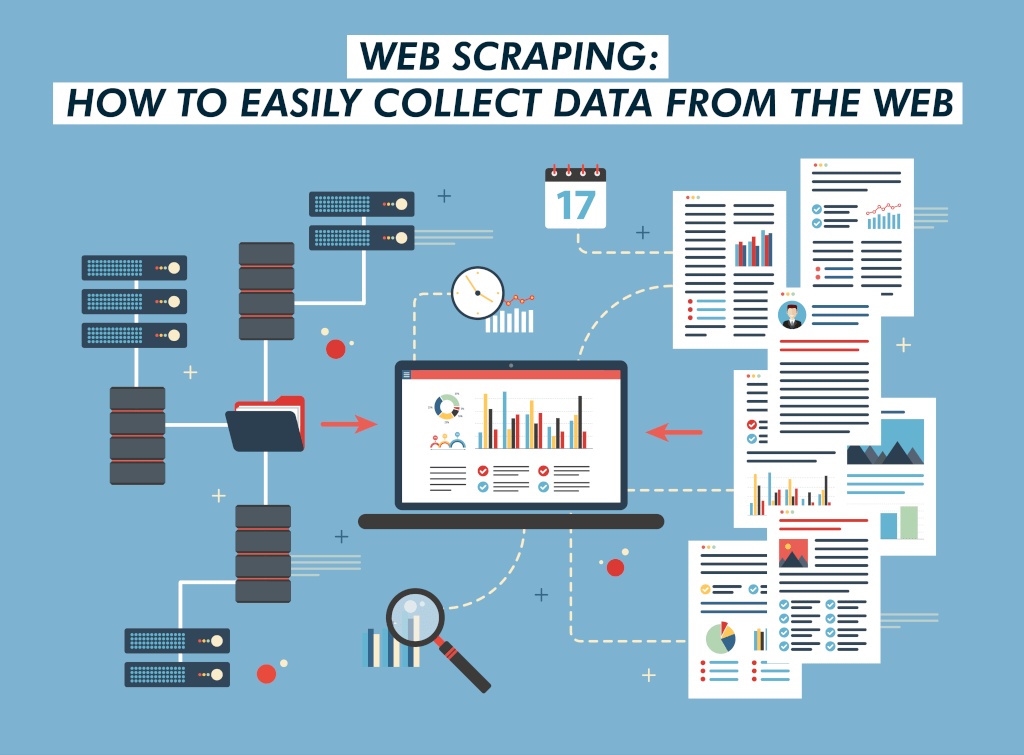Content scraping or web scraping is when bots download or “scrape” all the content from a website, often using that content maliciously.
What is content scraping?
Content scraping, or web scraping, refers to when a bot downloads much or all of the content on a website, regardless of the website owner’s wishes. Content scraping is a form of data scraping. Automated bots always carry it out. Website scraper bots can sometimes download all of the content on a website in seconds.
Content scraping bots are often used to repurpose content for malicious purposes, such as duplicating the content for SEO on websites the attacker owns, violating copyrights, and stealing organic traffic. Content scraping may involve filling out and submitting forms to access additional gated content, and as a byproduct, this results in junk data in a company’s database. Additionally, fulfilling HTTP requests from bots takes up server resources that could otherwise be dedicated to human users.
How do bots scrape content?
A website scraper bot will generally send a series of HTTP GET requests and then copy and save all the information that the web server sends in reply, going through a website’s hierarchy until it’s copied all the content.
More sophisticated scraper bots can use JavaScript to, for instance, fill out every form on a website and download any gated content. “Browser automation” programs and APIs allow automated bot interaction with websites and APIs as if using a traditional web browser to trick the website’s server into thinking a human user is accessing the content.
Sure, an individual could manually copy and paste an entire website instead. Still, bots can crawl and download all the content on a website often in seconds, even for large sites like [e-commerce sites](https://www.cloudflare.com/ecommerce/) with hundreds or thousands of individual product pages.
What kinds of content do content scraping bots target?
Bots can scrape anything posted publicly on the Internet – text, images, HTML code, CSS code, etc. Attackers can use the scraped data for a variety of purposes. Text can be reused on another website to steal the first website’s search engine ranking or to deceive users. An attacker could use a website’s HTML and CSS code to duplicate the look of a legitimate website or another company’s branding. Cybercriminals can use stolen content to create phishing websites that trick users into entering personal information by looking like the real version of another website.
What other kinds of web scraping are there?
Contact scraping
This refers to scanning websites for contact information, such as phone numbers and email addresses, and then downloading that information. Email harvesting bots are scraper bot that specifically targets email addresses, usually to find new targets for spam.
Price scraping
This is when one company downloads all the pricing information from a competitor company’s website so that they can adjust their pricing accordingly.
How can companies prevent web scraping?
Bot Management solutions can identify bot behavior patterns and mitigate bot scraping activities, often with the help of machine learning. Rate limiting can also help prevent content scraping: A real user is not likely to request the content of several hundred pages in a few seconds or minutes, and any “user” making requests that quickly is likely a bot. CAPTCHA challenges can also help sort out the real users from the bots.












